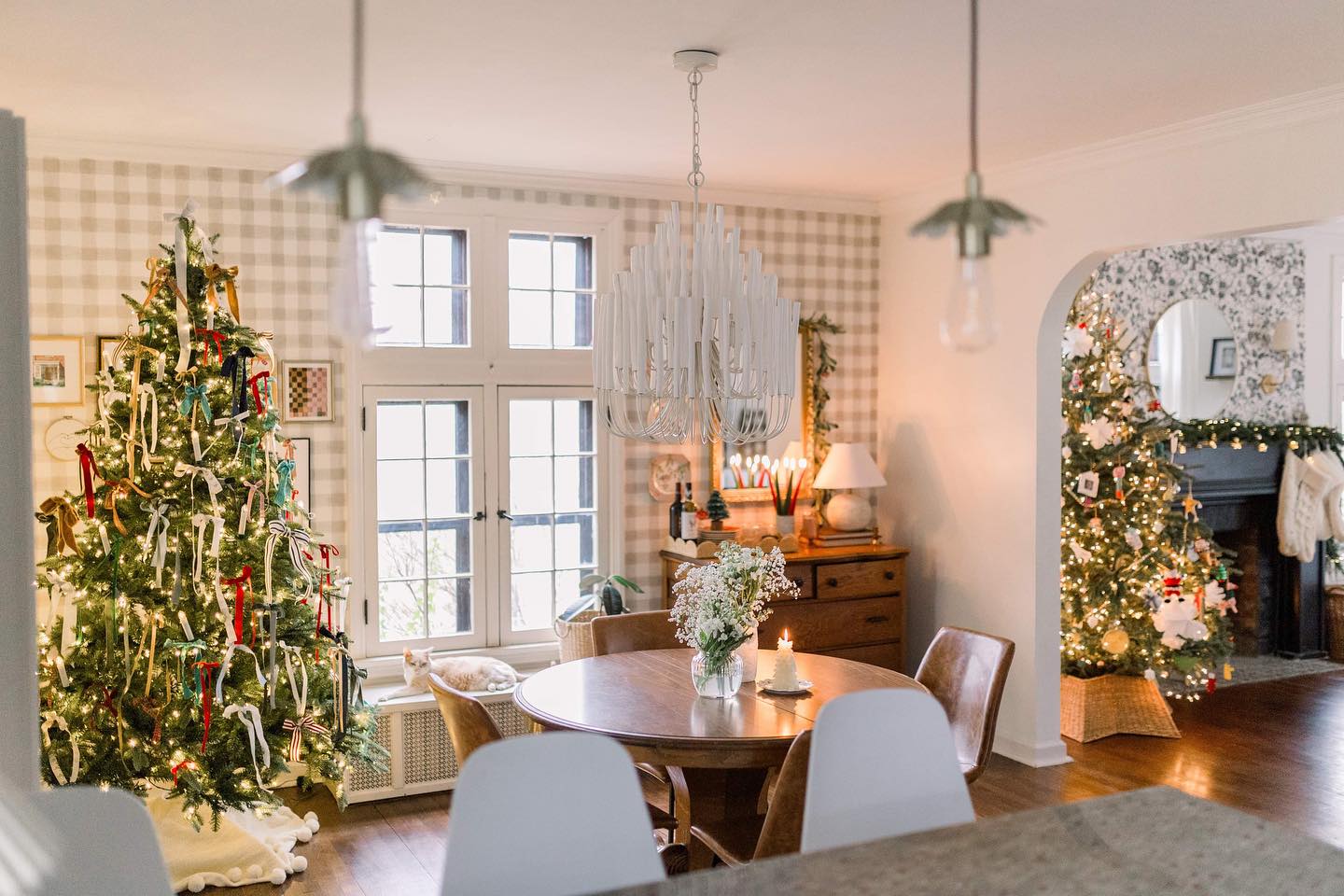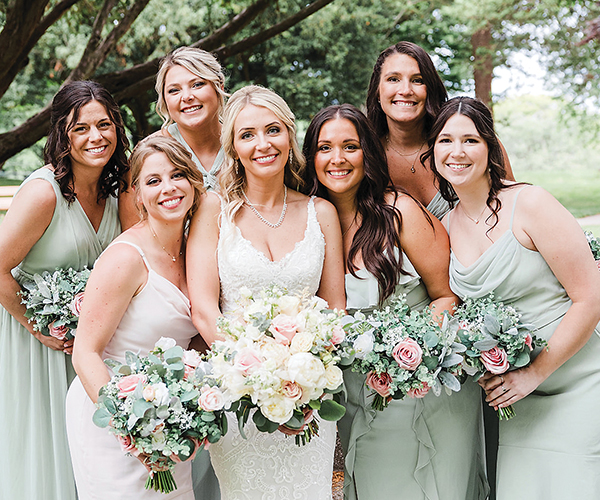Glam Garages
by Diane DiPiero | Dec. 15, 2004 | 5:00 AM
Whether you need more storage space or more room to hang out, you can make the garage a more vital part of your home.
Everyone knows a garage isn't just a place to park your cars; it's also where you store everything that you don't want or can't fit inside your home. The trouble is, once you toss in a lawn mower, a snowblower, folding lawn chairs and your kids' bikes, scooters, wagons, lawn darts, soccer goal and wading pool — well, there often isn't room left for the cars.
Brigette Hofelt had just that problem. The two-car garage of her Avon Lake home wasn't cutting it. In addition to two vehicles, she also needed to store golf clubs, softball bats, a weed-whacker, power tools, a motorcycle, a grill and firewood. "It was crowded," she admits.
Through Interstate Kitchen Supply, where Hofelt works, she discovered
the Gladiator GarageWorks system by Whirlpool Corp. "It's a pretty unique system, with gear tracks and a gear wall," she says. "You hang most things on the walls."
Most of us probably know someone who has created a wall storage system in his or her garage, hammering up sheets of plywood and attaching nails or hooks to hang tools and chairs. The Gladiator GarageWorks system takes the idea several steps further by making standard products that are ultra-sturdy and highly attractive.
Large, weight-bearing panels made of composite materials fit together and adjust to accommodate changing needs. Gear tracks screw directly to the wall studs. Once the tracks are in place, you can hang hooks for garden tools and bikes, baskets for smaller items, shelves for shoes and cabinets for tools that need to be stored out of sight.
Hofelt took advantage of most of the products in the Gladiator line. "We put up racks for shoes, which has freed up space inside," she says. "We keep adding new hooks as we need them."
With garage-storage systems such as this, you can buy just a few pieces or create a clean look for your entire garage by purchasing more of the product line. Gladiator, for example, offers a 25-by-96-inch workbench with a solid maple top and steel legs, a smaller-than-standard-size refrigerator, a trash compactor and wide-roll floor covering that installs without adhesives and can be hosed off for easy cleaning. Depending on how much you need, these systems can be quite affordable. The Gladiator refrigerator runs about $500.
The advantage of a premanufactured storage system over a DIY project is that the prefab system has standard materials and ready-made accessories to easily give your space a polished appearance. Gladiator cabinets and appliances have tread-plate doors for an industrial look. Gear wall trim applied around electrical outlets and windows adds handsome details.
Hofelt says everyone notices the difference in her garage. "It's definitely more functional," she adds. "Aesthetically, it's great. We keep our garage door open a lot and people are always peeking in."
New jobs for the garage
Sometimes, a garage has to be completely altered to create more living space, such as an in-law suite, in the home. Mary and Gary Weinbroer of Brook Park worked with a contractor to turn their 1 1/2-car garage into a family room. Then, they built a new, double garage behind the house.
"The contractor took down the wall between the dining room and the garage," explains Mary. "There's a railing and two steps down to the family room. We put in a big picture window and a ventless gas stove." A sofa, a recliner, a large television and Gary's sports-car collectibles establish a warm and inviting setting.
"It's nice because you can be in the kitchen or dining room and still be part of the scene in the family room," Mary says. A computer and desk make the room multifunctional. "Everyone can be doing their own thing and still be in the same room," she adds.
She also likes the fact that the contractor took the time to make sure the exterior of the new family room blended with the rest of the house as well as the interior. Brick and mortar put in place of the wooden garage door matches the rest of the existing structure.
Planned correctly, a redesigned garage space can become a lasting feature of a house. Now 12 years old, the Weinbroers' garage-turned-family room continues to meet their needs. "We have two grown kids, but the space still works for us," Mary says. "We still think, •This was so smart for us to do.' "
Doing double-duty
There are also times when a two- or three-car garage actually offers more space than a homeowner needs. In that case, extra space can be turned into added room for entertaining or relaxing. You can create a partial wall to separate parking from sitting areas, remove part of the exterior wall and install glass doors to bring in light and provide easy access to the outdoors, and lay heavy-duty rugs or carpeting to soften the look. After that, it only takes a few key decorative items to make this "living" portion of the garage an attractive spot for friends and family.
In a recent episode of their popular HGTV show "Room by Room," Matt Fox and Shari Hiller cleaned up a messy garage by installing wall storage racks to organize yard tools and keep things off the floor. The designing duo jazzed up plywood walls with wood stain on the lower sections and acrylic heat-reflective paint on the upper portions and the ceiling. Cabinets and wood trim received a crisp touch with linen paint.
Fox and Hiller created a living area in the garage that features a gas heater, making it great for year-round use. Track lighting frames the area in soft light and wicker furniture lends a look that's casual yet stylish. A workbench doubles as a buffet for entertaining.
A Lakewood couple added such fun features to their garage as a dartboard and bar area. Great for large parties, this space allows guests to spill into another part of the house that is just as welcoming as the kitchen or family room. And it goes to show that you don't always have to spend a lot of money to make the garage a more functional space.
Converting a garage into living space doesn't need to be cost prohibitive. According to the National Association of Home Builders, the average price tag for such a project is $6,343. Compare that to the cost of putting on an addition, and you can see that you're saving thousands of dollars.
Trending
-
1
-
2
-
3
-
4
-
5










